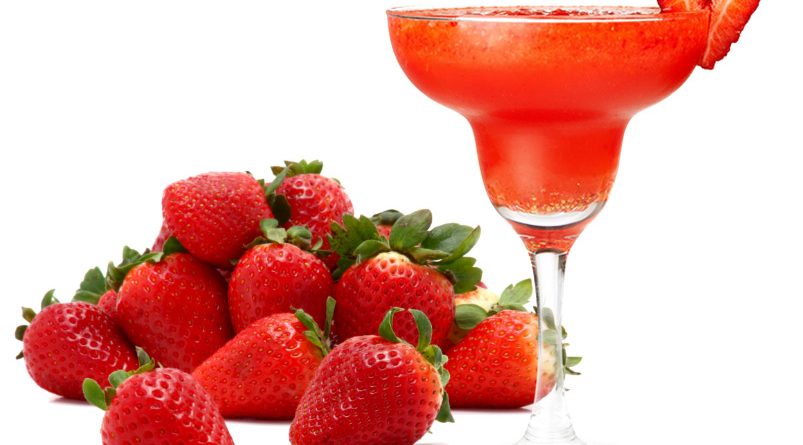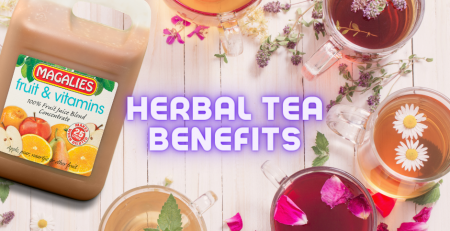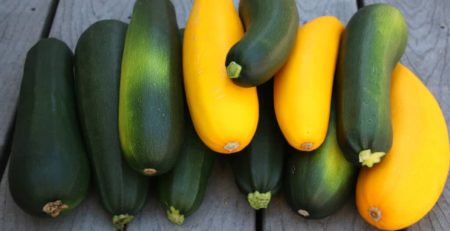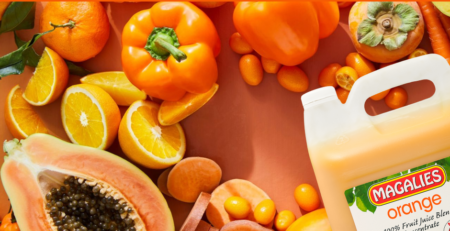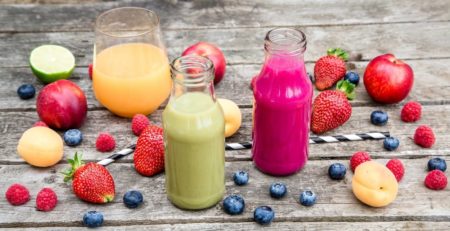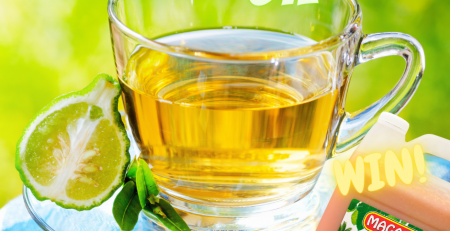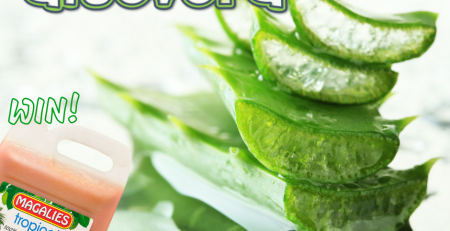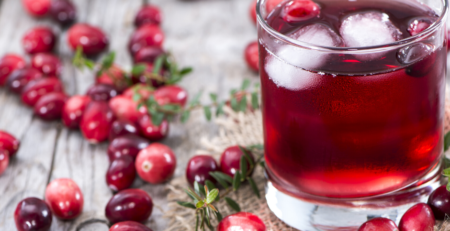“S” is for Strawberry!
by Dr Marli Botha
Strawberry’s botanical name is “Fragaria ananassa.” Unlike its name, it is not a true berry. It is an aggregate accessory fruit. To explain it more clearly, it is a false fruit, the fleshy part you are eating is actually the stem of the plant! The strawberry is a member of the rose family and it is the only fruit which has seeds outside. It is also the first fruit that ripens in the spring season. You may think strawberries are only red? Think twice! There are yellow, blue, white, black and purple strawberries too!
- Strawberries are an amazing source of folate (the folic acid found in food). Inadequate amounts of folate in the aging population can contribute to atherosclerosis, vascular disease and even a decline in cognitive function. Medications used for conditions like rheumatoid arthritis can actually deplete folic acid in the body, so stock up on strawberries to replenish! Therefore, strawberries are good for pregnant women. Birth defects like spina bifida (a condition where foetus’s spinal cord doesn’t develop properly) can be significantly reduced if they consume strawberries on a regular basis.
- Strawberries contain more than 100 percent of our daily recommended intake of vitamin C in just one cup. Recent studies show that when vitamin C is consumed during times of stress, it actually has the ability to decrease our blood pressure to a normal level, preventing the development of hypertension — especially in kids. Strawberries contain more vitamin C than oranges and they help in reducing inflammations. They are great even for treating cataracts and other eye diseases.
- Given that strawberries are rich in fibre, they can help treat constipation. The fibre in the fruit can also relieve other digestive issues like gas and bloating.
- Strawberries contain anthrocyanin, which is a powerful antioxidant that protects us from the damaging effects of our environment, especially the sun. The antioxidant power of the anthrocyanins found in strawberries lasts up to 24 hours after consumption; this makes them a great defence against free radical damage.
- Strawberries are also loaded with silica, which is known to prevent baldness and help in hair growth.
- There are few foods whose entire genome is mapped. Strawberry is in this coveted group. It took 75 researchers and 38 research institute’s efforts to map the genome of strawberry.
- There is a museum dedicated to strawberries alone in Belgium.
- A royal lady of Napoleon’s court by name Madame Tallien used to bathe with fresh strawberry juice once a year. One-time bathing took 22 pounds of strawberries.
- In the United Kingdom, “strawberries and cream” is a popular dessert consumed at the Wimbledon tennis tournament. Strawberries and cream are also a staple snack in Mexico, rarely unavailable at ice cream parlours. In Sweden, strawberries are a traditional dessert served on St John’s Day, also known as Midsummer’s Eve. Depending on the area, strawberry pie, strawberry rhubarb pie, or strawberry shortcake are also popular. In Greece, strawberries are usually sprinkled with sugar and then dipped in Metaxa, a famous brandy, and served as a dessert. In Italy, strawberries have been used for various desserts and as a popular flavouring for gelato (gelato alla fragola). In the Philippines, strawberries are also popular, in which it is used for making the syrup in Taho.
- Interestingly, native forms of strawberries adapt to various climates and are indigenous to every major continent except Africa, Australia, and New Zealand.

